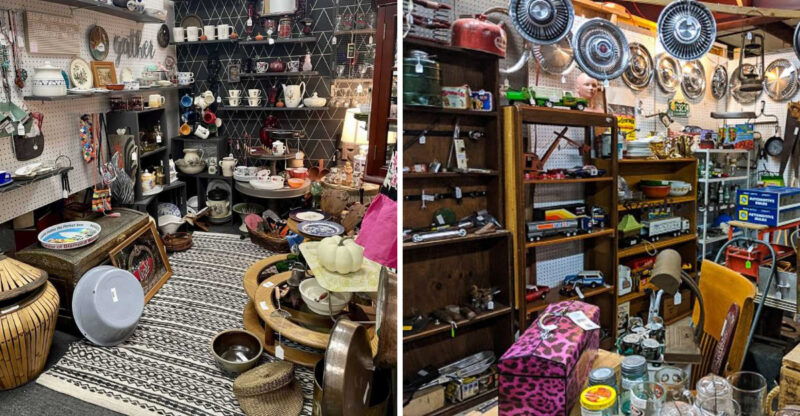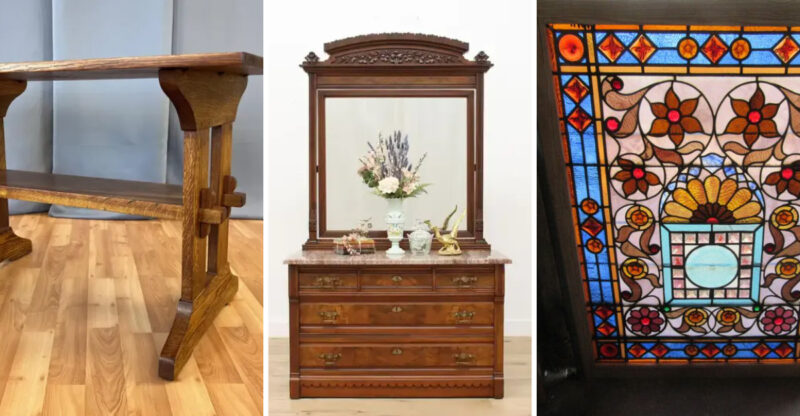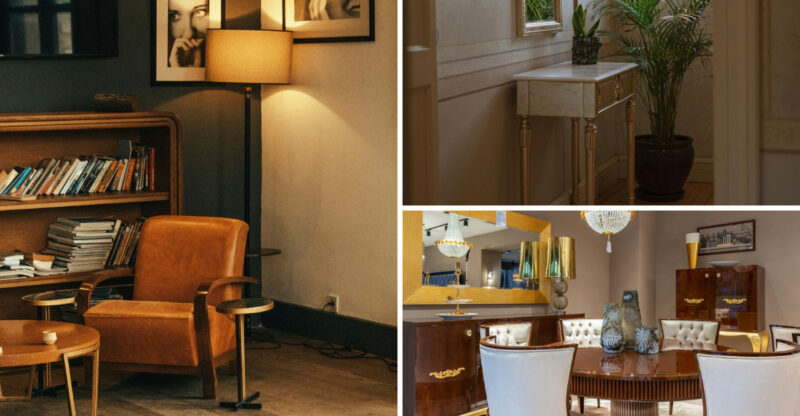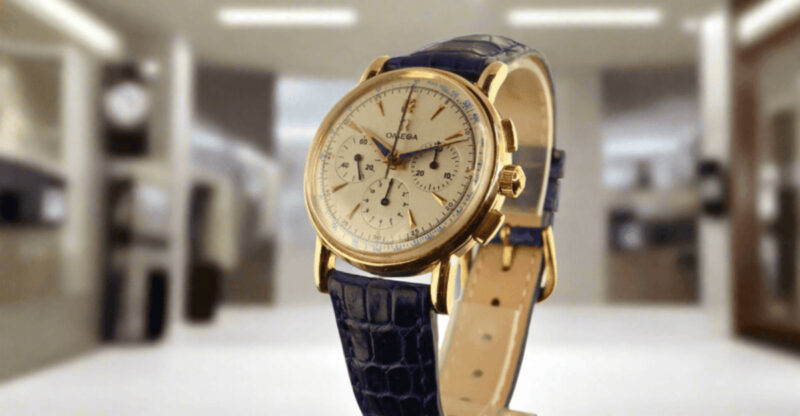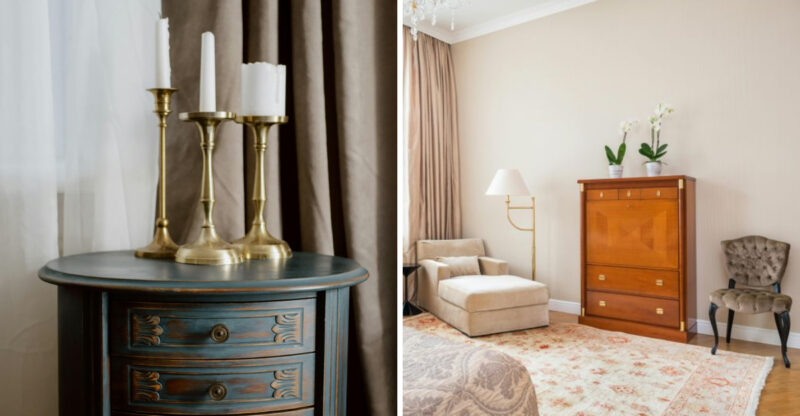9 Interior Antique Items From The 1900s That Are Really Worth Thousands Of Dollars (And 11 That Are Not)

Ever wonder if that dusty lamp in your attic might be worth a small fortune? The early 1900s gave us some of the most charming and collectible pieces in design history. While a few of these vintage finds can command serious attention from collectors, many others simply show their age without adding value.
Before you toss or treasure that old piece, it helps to know what’s truly desirable and what’s better left in the past. Let’s dive into the world of antique décor and uncover what’s still worth holding onto.
1. Arts And Crafts Movement Furniture
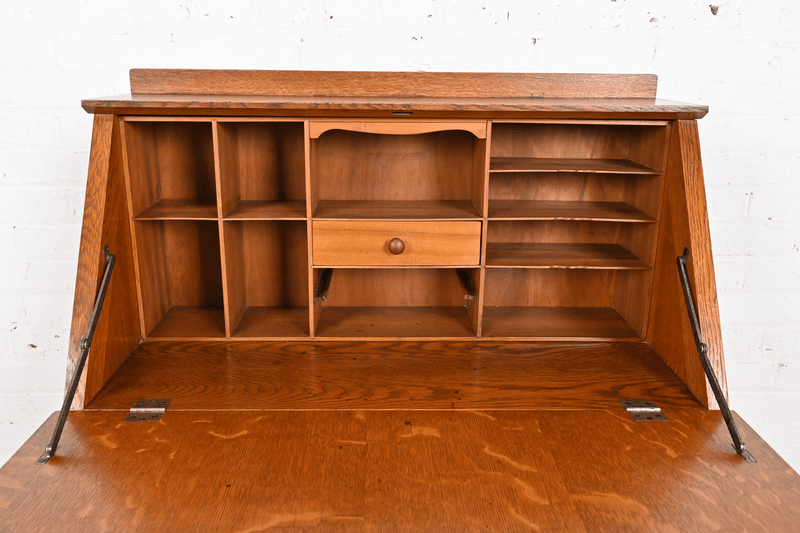
Marked by clean lines and visible joinery, Gustav Stickley’s oak pieces represent American craftsmanship at its finest. His original furniture regularly sells for $10,000-$30,000 at specialized auctions.
The red decal or branded compass mark identifies authentic pieces. Quality quarter-sawn oak with original finish adds significant value to these century-old treasures.
2. Art Nouveau Jewelry Boxes
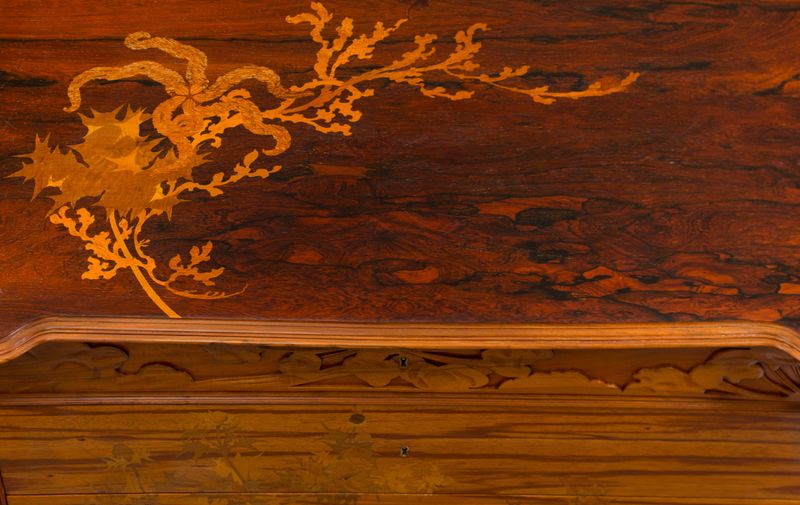
Flowing lines and nature-inspired motifs characterize these exquisite storage pieces. Crafted from exotic woods with bronze or silver inlays, premium examples can fetch $3,000-$15,000.
French and German-made boxes command highest prices. Look for maker’s marks from Émile Gallé or Louis Majorelle – their signatures multiply the value exponentially.
3. Lalique Glass
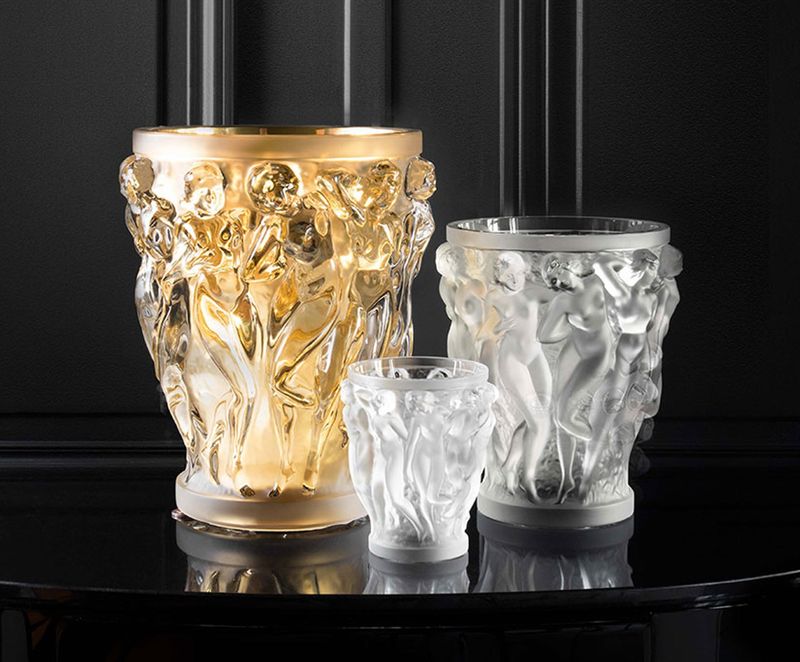
Frosted surfaces depicting women, flora, and fauna distinguish René Lalique’s revolutionary glasswork. His early opalescent vases and figurines regularly command $5,000-$50,000 at prestigious auctions.
Authentic pieces bear the “R. Lalique France” signature etched or molded into the glass. Rare colorways and limited production runs significantly increase collector interest and value.
4. Early Bakelite Telephones
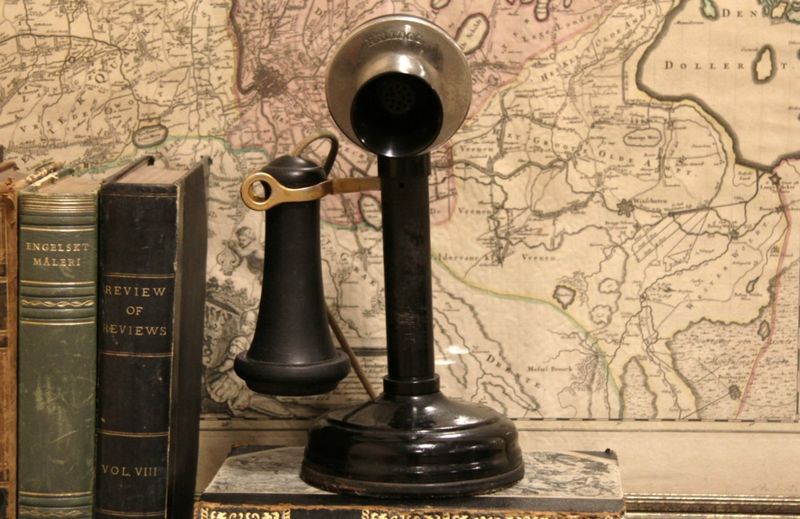
Revolutionary as the first synthetic plastic, Bakelite transformed communication devices into durable art pieces. Early candlestick models in perfect working condition can reach $2,000-$8,000 in today’s collector market.
Condition is everything with these technological relics. Complete with original components and minimal wear, these pioneering communication devices continue attracting serious collectors.
5. Tiffany Studios Bronze Desk Sets
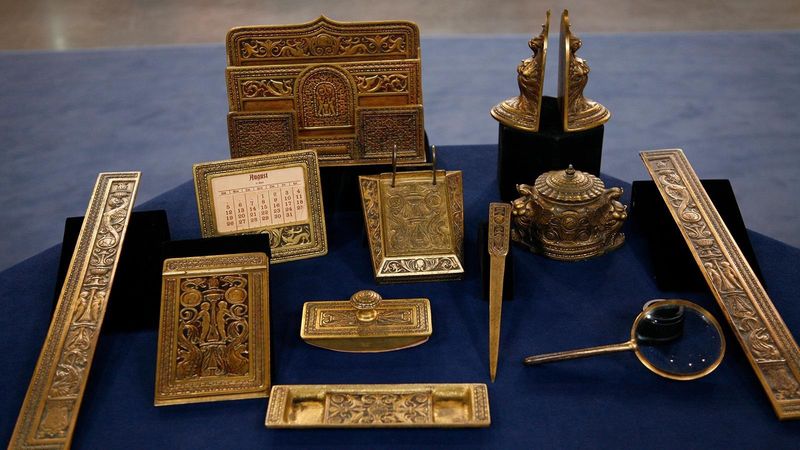
Crafted for the elite businessman, these coordinated accessories transformed ordinary desks into statements of prosperity. Complete sets featuring inkwells, pen trays, and blotters in matching patina can exceed $10,000.
The pine needle and grapevine patterns remain particularly coveted. Each piece bears the distinctive Tiffany Studios mark, with original patina significantly enhancing the value.
6. Arts And Crafts Pottery
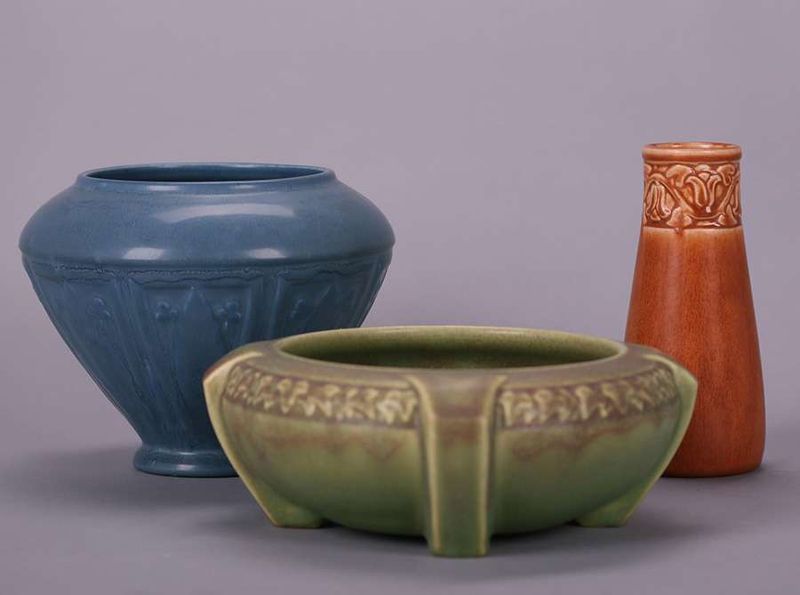
Handcrafted by master artisans like Rookwood and Grueby, these earthen vessels showcase distinctive glazes and organic forms. Museum-quality examples regularly command $3,000-$20,000 from serious collectors.
Rookwood’s standard mark includes the backward R-P logo with date notation. Condition matters tremendously – even tiny chips can reduce value by thousands.
7. Tiffany Lamps
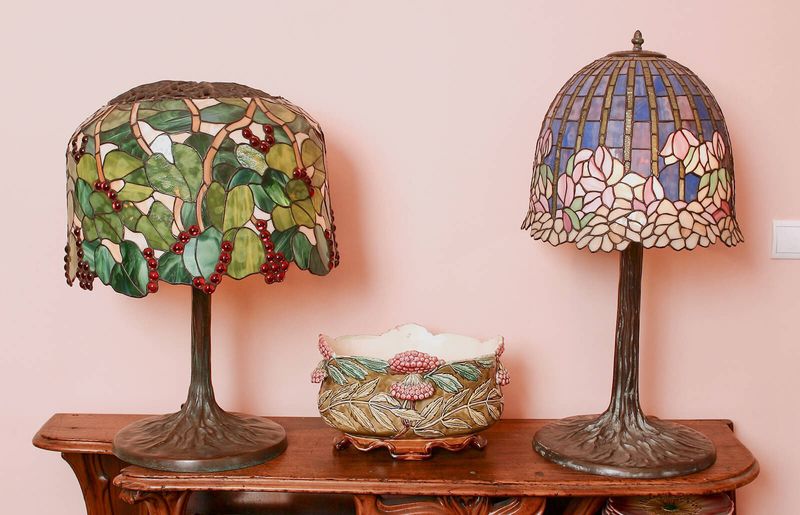
Handcrafted with hundreds of pieces of colored glass, these luminous beauties can command $5,000 to over $1 million at auction. Louis Comfort Tiffany revolutionized lighting design during the Art Nouveau period.
Authentic Tiffany lamps feature copper foil construction and signature bronze bases. Look for the “Tiffany Studios New York” mark on the base to verify authenticity.
8. Louis Comfort Tiffany Windows
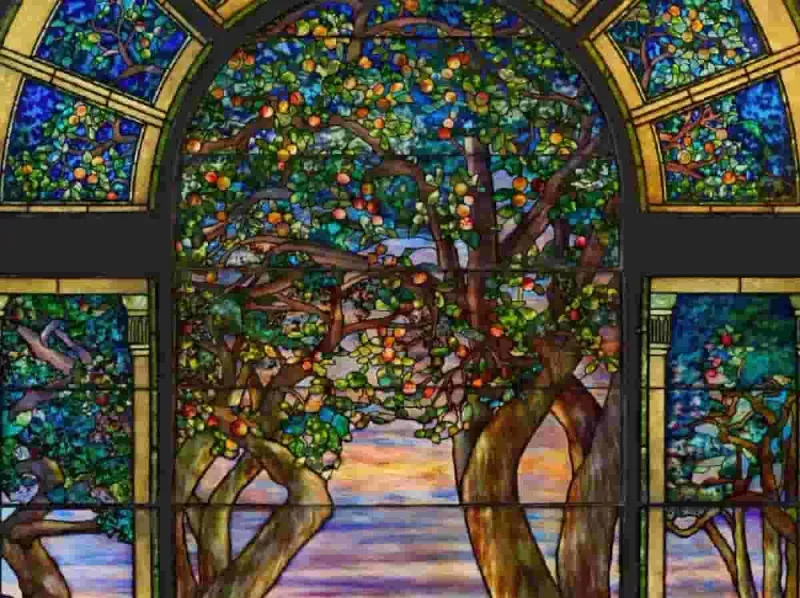
Salvaged from demolished mansions and churches, these stained glass masterpieces transform ordinary rooms into cathedral-like spaces. Even small panels can fetch $15,000-$100,000 depending on design complexity.
Floral motifs and landscape scenes command highest prices. Authentication requires expert examination of glass texture, leading techniques, and signature marks often hidden along edges.
9. Art Deco Cocktail Cabinets

Born during America’s controversial dry spell, these ingenious furniture pieces concealed illegal spirits behind elegant veneers. Pristine examples from renowned makers like Émile-Jacques Ruhlmann can reach $20,000-$50,000.
Look for exotic wood veneers and geometric inlays. Secret compartments, original hardware, and built-in mixing accessories significantly increase both charm and market value.
10. Mass-Produced Oak Furniture
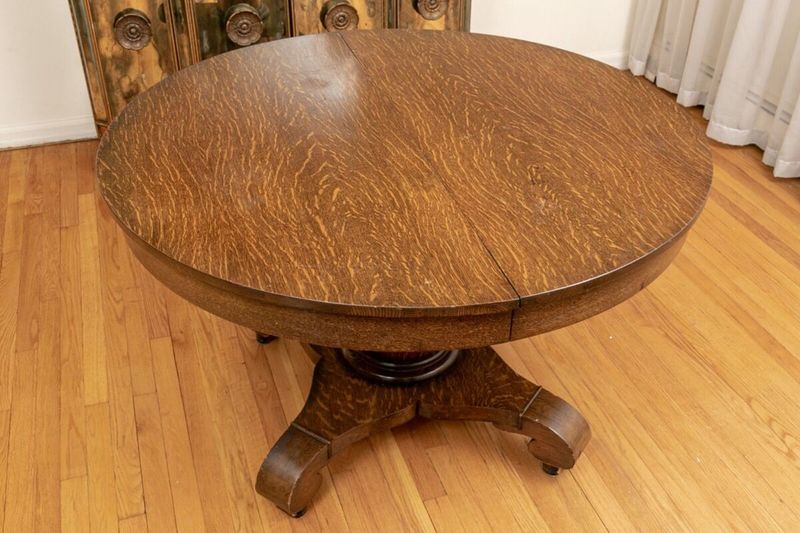
Despite their aged appearance, factory-made oak pieces from the early 1900s rarely command impressive prices. Mass production techniques created thousands of identical items that flood today’s market.
Even century-old dining tables typically sell for just $200-$600. While sturdy and functional, these pieces lack the craftsmanship details that serious collectors seek in truly valuable antiques.
11. Victorian-Style Reproduction Chairs
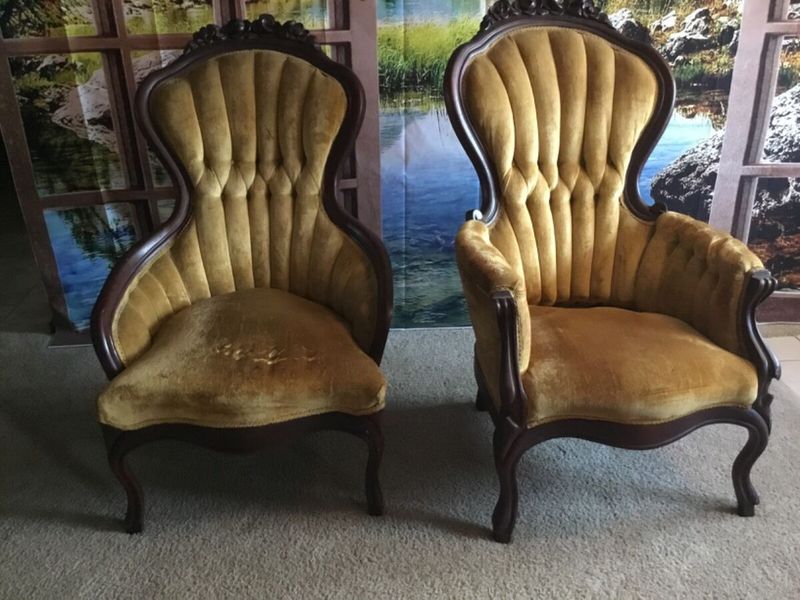
Many ornate-looking chairs were actually mass-produced reproductions even in the early 1900s. Manufacturers created thousands of Victorian-style parlor chairs with machine-carved details that only mimic handcraftsmanship.
Telltale signs include perfectly uniform spindles and overly perfect carving. These pieces typically sell for $100-$300 regardless of age, disappointing hopeful sellers expecting four-figure valuations.
12. Depression Glass
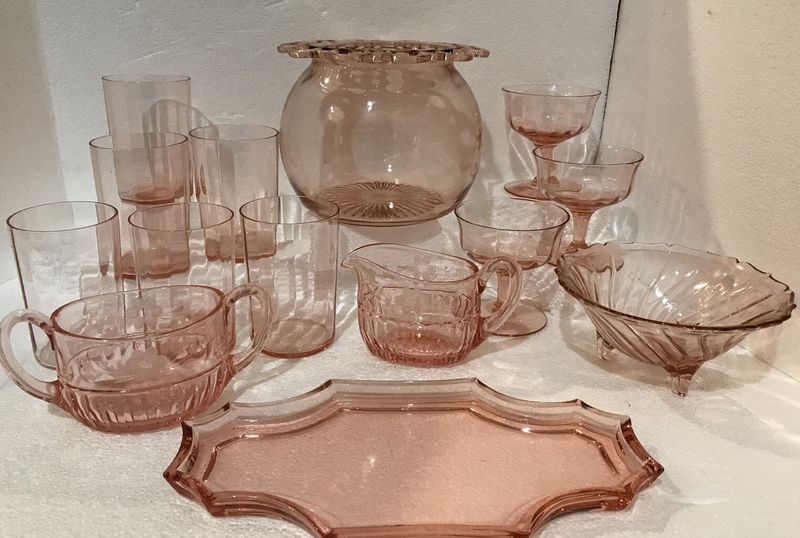
Machine-pressed during the 1920s-30s, these colorful dishes were often given away as promotional items in food products or at movie theaters. Despite their age and attractive appearance, most pieces sell for $10-$75.
Even complete sets rarely exceed $500-$800. Certain rare patterns like Cameo or Mayfair might reach higher prices, but most Depression glass remains affordable for casual collectors.
13. Cast Iron Doorstops
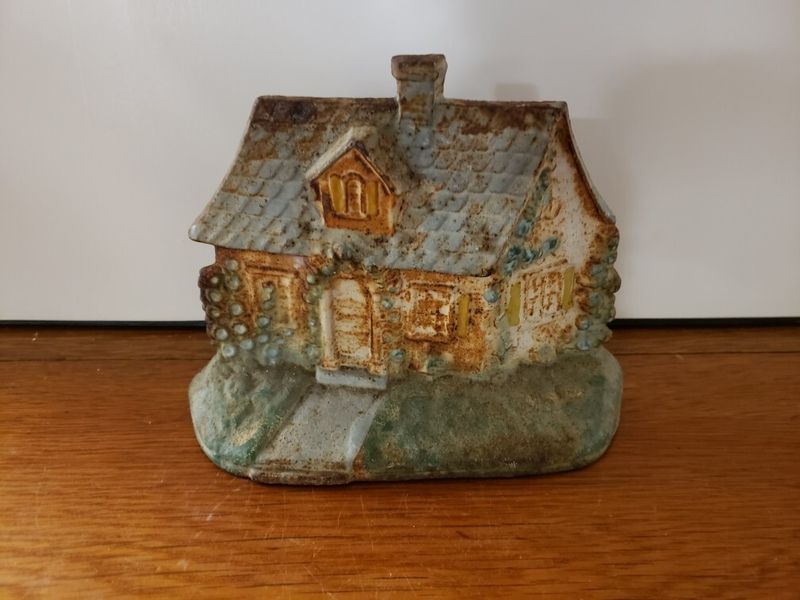
Whimsical animal shapes and cottage designs might catch your eye, but most cast iron doorstops from the early 1900s fetch modest prices. Common examples typically sell for $50-$200 in today’s saturated market.
Reproductions flood antique shops, making authentication challenging. Even authentic pieces rarely command high prices unless they feature extremely rare designs or original paint in pristine condition.
14. Ordinary Porcelain Figurines
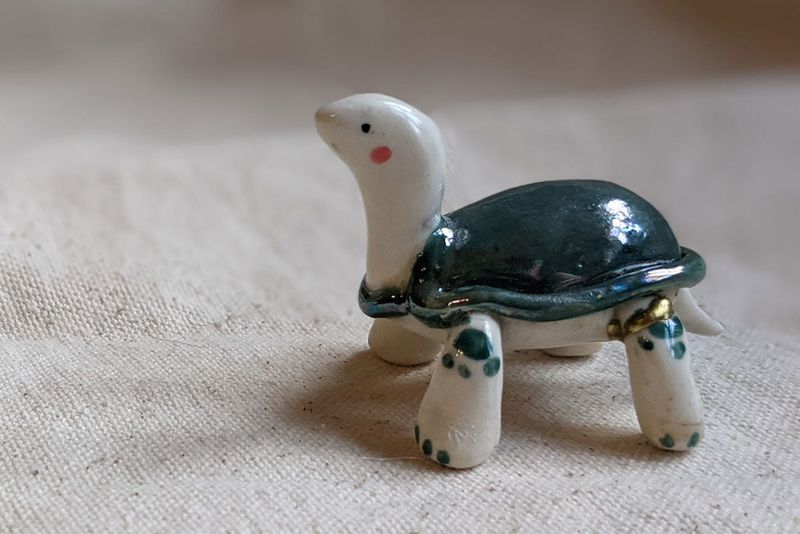
Mass-produced in German and Japanese factories, these dainty decorative pieces rarely hold significant value despite their delicate appearance. Common shepherdess or animal figurines typically sell for $15-$100 regardless of age.
Only pieces from prestigious manufacturers like Meissen command high prices. The market remains flooded with similar-looking items, making most porcelain figurines challenging to sell even at modest prices.
15. Pressed-Back Dining Chairs

Factory efficiency created thousands of these oak chairs with machine-pressed designs in the backs. Despite being genuinely antique, most sets sell for just $40-$100 per chair.
Mass production diminished their value significantly. Even complete matching sets rarely exceed $600-$800 total in today’s market, disappointing sellers who assumed their age automatically made them valuable collectibles.
16. Vintage Sheet Music
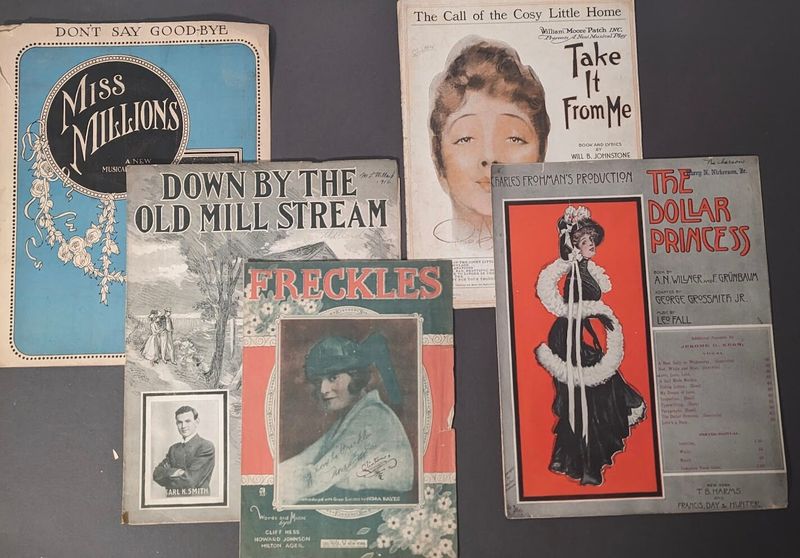
Decorative covers might catch your eye, but most sheet music from the early 1900s was mass-produced in huge quantities. Common titles typically sell for just $3-$10 per piece regardless of their charming illustrations.
Only extremely rare titles or those signed by famous composers reach significant values. Most families have attics full of these paper ephemera that hold more sentimental than monetary worth.
17. Common Silverplate Serving Pieces
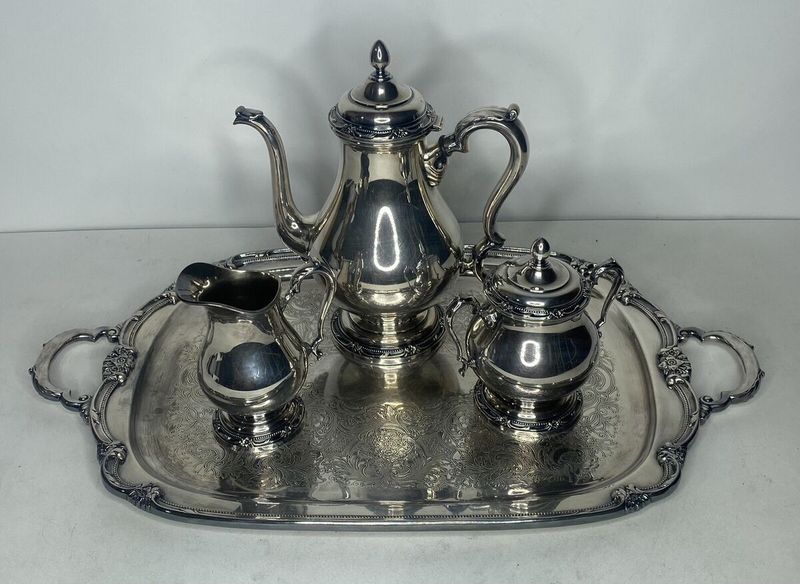
Unlike sterling silver, these metal pieces merely wear a thin coating of silver over cheaper base metals. Mass-produced by companies like Rogers Brothers, most serving trays and tea sets sell for $50-$200 regardless of ornate appearances.
Tarnish and plate wear further diminish value. Even complete sets in good condition rarely command prices that justify professional polishing costs or careful storage.
18. Vintage Framed Prints

Mass-produced prints of famous paintings or pastoral scenes were household staples in the early 1900s. Despite ornate frames and aged appearance, most sell for just $20-$100 in today’s saturated market.
Only original artwork holds significant value. These machine-made reproductions, even in original frames, remain abundant at estate sales and thrift stores, rarely commanding prices worth professional appraisal.
19. Common Carnival Glass
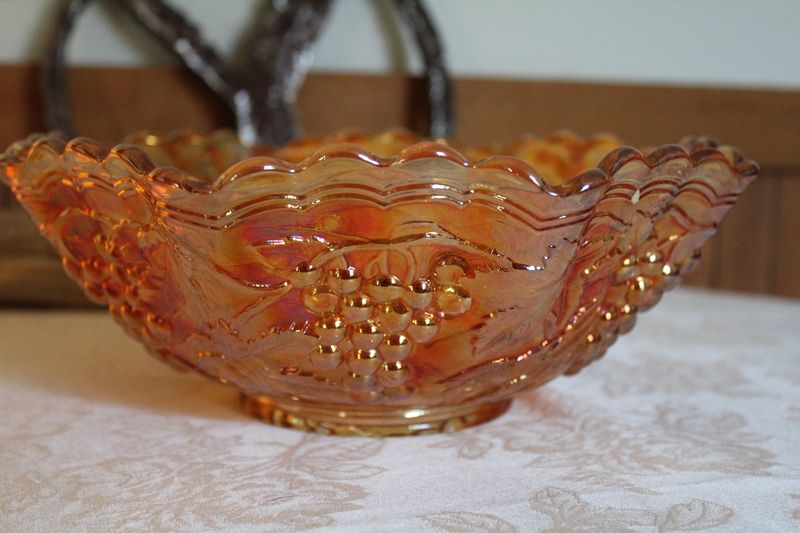
Factory-made as affordable alternatives to expensive art glass, these iridescent pieces were often given as carnival prizes. Despite their rainbow-like shine, most bowls and vases sell for $20-$100 in today’s market.
Only rare patterns or colors reach higher values. Marigold, the most common color, remains particularly affordable despite its eye-catching appearance that often gives owners false hope of hidden value.
20. Vintage Cameras
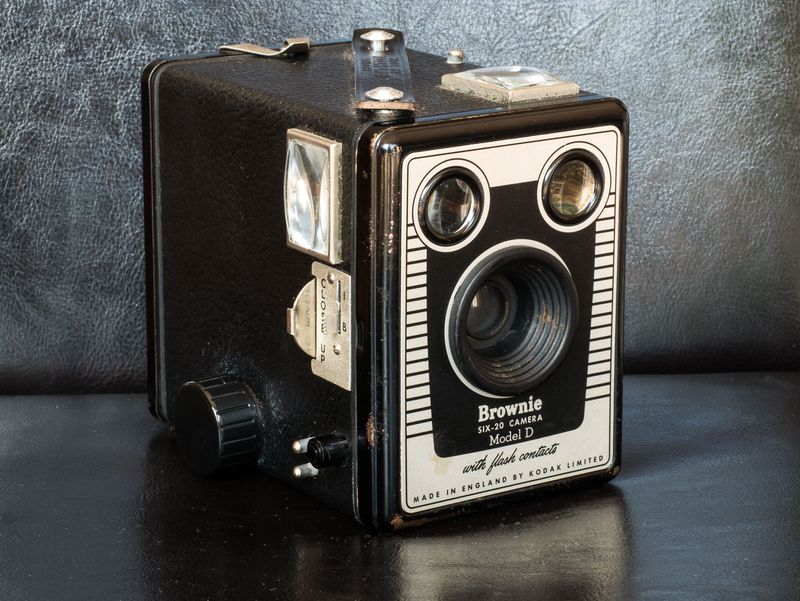
Mass-produced Kodak Brownies and similar everyday cameras flooded homes in the early 1900s. Despite their vintage appearance, most sell for just $15-$75 in today’s collector market.
Only rare professional models reach significant values. These common black boxes might look intriguing on display shelves but rarely represent worthwhile investments for those seeking valuable antiques with appreciation potential.

